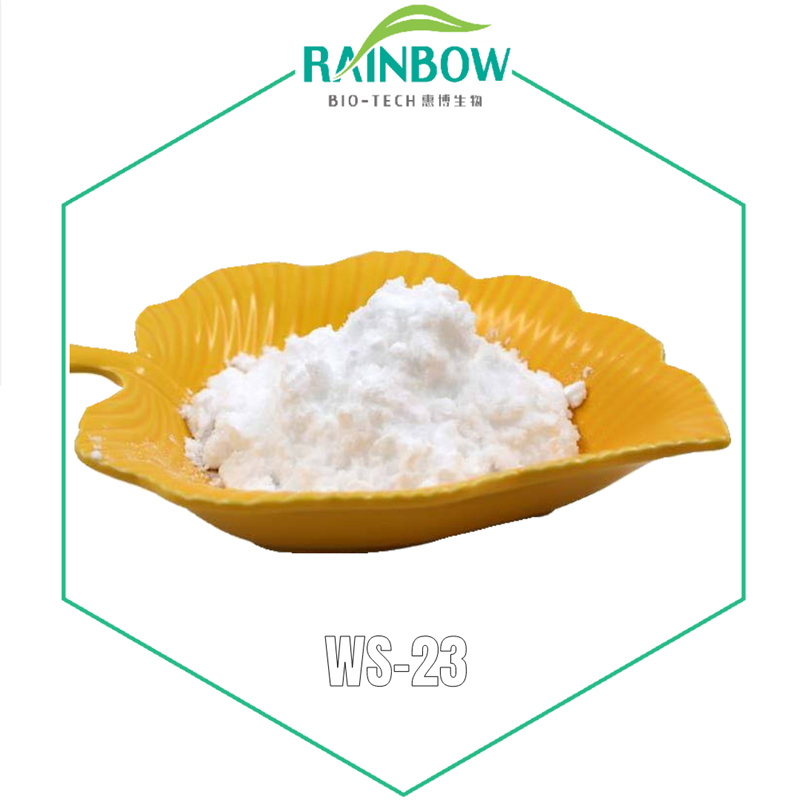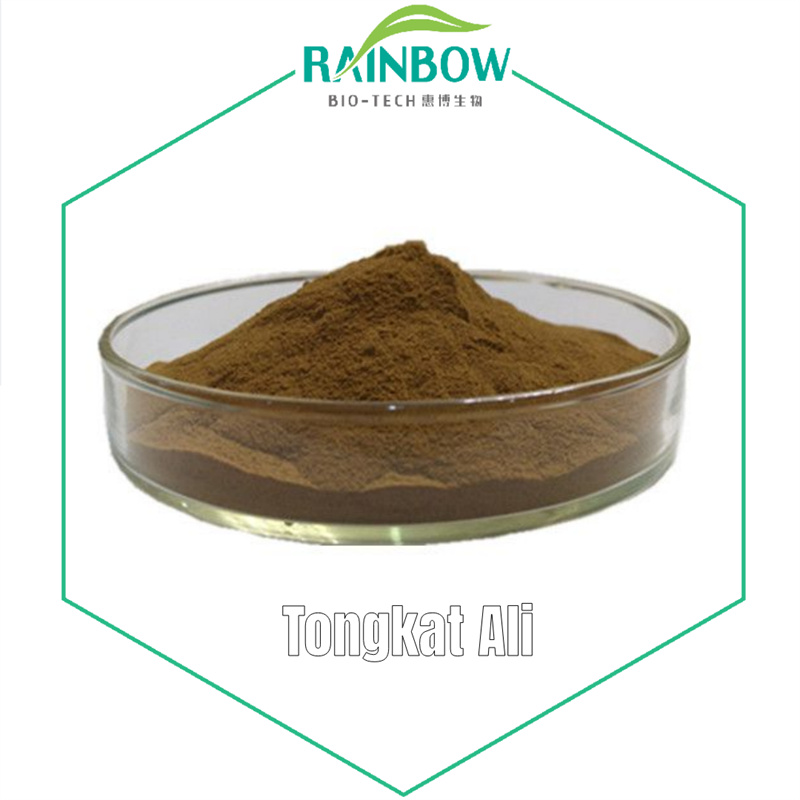
Products
Water-Soluble Quercetin for Superior Nutrient Delivery
Water-Soluble Quercetin: Enhancing Bioavailability and Pioneering a New Era of Health
Quercetin, a flavonoid compound abundantly found in various plant-based foods such as onions, apples, and berries, has long been a focal point in scientific research and health discussions, thanks to its potent antioxidant, anti-inflammatory, and other diverse biological activities. However, its inherently poor water solubility significantly hampers its absorption and utilization within the human body, thereby limiting the full realization of its health benefits. In recent years, with the continuous advancements in science and technology, water-soluble quercetin has emerged, overcoming the solubility challenges of traditional quercetin and presenting a broader spectrum of applications and unique advantages.
Revolutionizing Bioavailability: Overcoming Absorption Barriers
Traditional quercetin, due to its low water solubility, struggles to dissolve in the gastrointestinal tract after oral administration, resulting in an extremely low absorption rate. Research indicates that its intestinal absorption rate is merely around 2%. In contrast, water-soluble quercetin leverages cutting-edge technologies, such as nanomicelle technology and cyclodextrin inclusion technology, to dramatically improve its solubility in water. For instance, the Dryland New Materials Laboratory of the South Subtropical Crops Research Institute, Chinese Academy of Tropical Agricultural Sciences, successfully prepared quercetin-loaded nanomicelles through chemical coupling methods. This innovation significantly enhanced quercetin’s water solubility, photostability, and cellular uptake efficiency. As a result, quercetin can dissolve more smoothly in gastrointestinal fluids, increasing its contact area with intestinal mucosal cells and substantially boosting its absorption efficiency in the human body. Relevant studies show that the bioavailability of water-soluble quercetin can be increased by several times or even more compared to traditional quercetin, enabling the body to better absorb and utilize the active components of quercetin and fully unlock its health-promoting effects.
Diverse Health Applications
1. Blood Glucose Regulation
Water-soluble quercetin offers new hope for individuals concerned about blood glucose health. Research conducted by the Zhengzhou Fruit Research Institute, Chinese Academy of Agricultural Sciences, has revealed that quercetin, in combination with other fruit flavonoids, can synergistically inhibit the activity of α-glucosidase. α-Glucosidase plays a crucial role in the hydrolysis of carbohydrates, and inhibiting its activity can effectively block the digestion and absorption of carbohydrates, thereby helping to control postprandial blood glucose levels. With its excellent solubility and absorbability, water-soluble quercetin can more efficiently participate in the inhibition of α-glucosidase, providing robust support for the development of functional products aimed at regulating postprandial blood glucose. This has significant implications for the daily health management of diabetes patients or those with fluctuating blood glucose levels.
2. Liver Health Protection
Water-soluble quercetin also shines in maintaining liver health. A study by Professor Peng Cheng’s team from Chengdu University of Traditional Chinese Medicine has demonstrated that quercetin can ameliorate alcoholic fatty liver by mediating the nuclear translocation of TFEB to compensate for insufficient autophagy. The enhanced absorbability of water-soluble quercetin allows it to reach the liver more rapidly and effectively, strengthening the autophagic function of liver cells, promoting the metabolism of fat within the liver, and facilitating the elimination of harmful substances. This helps prevent and improve various liver diseases, such as fatty liver and alcoholic liver disease, by reducing the damage caused by alcohol and other factors to the liver.
3. Hair Regeneration Promotion
Hair loss is a common concern for many people, and water-soluble quercetin provides a novel solution to this problem. A collaborative study by Professor Qu Jing’s team from the Institute of Zoology, Chinese Academy of Sciences, has found that quercetin can effectively promote hair regrowth by activating the HIF-1 pathway in endothelial cells of the hair follicle microenvironment. Water-soluble quercetin can more seamlessly enter the bloodstream and reach the hair follicle area, fully exerting its regulatory effects on the hair follicle microenvironment. It stimulates the differentiation and proliferation of hair follicle stem cells, thereby promoting hair growth. Whether hair loss is caused by stress, hormonal imbalances, or other factors, water-soluble quercetin holds promise as a safe and effective adjuvant treatment.
4. Immune System Enhancement
Quercetin itself possesses certain immunomodulatory activities, such as promoting macrophage activation and the secretion of related immune factors. The advent of water-soluble quercetin further amplifies these advantages. Its excellent water solubility ensures a more uniform distribution within the body, enabling it to act more precisely on various components of the immune system. It enhances the activity of immune cells and promotes the secretion of immune factors like tumor necrosis factor-α and interferon-γ, helping the body better defend against external pathogens and significantly boosting overall immunity. This empowers individuals to have stronger resistance when facing health threats such as influenza viruses and bacterial infections.
Safety Profile and Future Prospects
The preparation of water-soluble quercetin predominantly employs safe and eco-friendly technical approaches, such as the nanomicelle technology mentioned earlier. These methods improve quercetin’s water solubility without introducing harmful chemicals, ensuring the product’s safety. Moreover, due to its enhanced bioavailability, a lower dosage of quercetin is required to achieve the same health benefits, further minimizing the risk of potential adverse reactions.
With the continuous deepening of research and the ongoing innovation of technologies, water-soluble quercetin is poised to showcase even greater application potential in functional foods, dietary supplements, cosmetics, and the pharmaceutical industry. In the realm of functional foods, it can be incorporated into various beverages and snacks, providing consumers with convenient health protection. In the cosmetics industry, leveraging its hair-regenerating and antioxidant properties, products with functions such as anti-hair loss and anti-skin aging can be developed. In the pharmaceutical field, there is great promise for further exploring its applications in treating chronic diseases and assisting in drug therapy, opening up new horizons for future medical and health research.
References
1.South Subtropical Crops Research Institute, Chinese Academy of Tropical Agricultural Sciences. (n.d.). New Advances in Nano Sustained-Release Drug Carrier Materials. Retrieved from http://m.toutiao.com/group/7164215338974839308/?upstream_biz=doubao
2.Peng, C., et al. (n.d.). Quercetin alleviates ethanol - induced hepatic steatosis in L02 cells by activating TFEB translocation to compensate for inadequate autophagy. PHYTOTHERAPY RESEARCH (Second Category in Chinese Academy of Sciences). Retrieved from academic databases
3.Qu, J., et al. (n.d.). Single - cell Profiling Reveals a Potent Role of Quercetin in Promoting Hair Regeneration. Protein & Cell. Retrieved from https://m.thepaper.cn/newsDetail_forward_21318679
4.Jin, Z., et al. (2024). Co - encapsulation of quercetin and resveratrol: Comparison in different layers of zein - carboxymethyl cellulose nanoparticles. International Journal of Biological Macromolecules, 263, Article 127439. https://doi.org/10.1016/j.ijbiomac.2024.127439
5.Zhengzhou Fruit Research Institute, Chinese Academy of Agricultural Sciences. (2024). Flavonoids in Fruits Regulate Postprandial Blood Glucose. Retrieved from http://www.xinhuanet.com/science/20241105/c730eb7ee20a4e0ab8d2ec96570044ca/c.html









